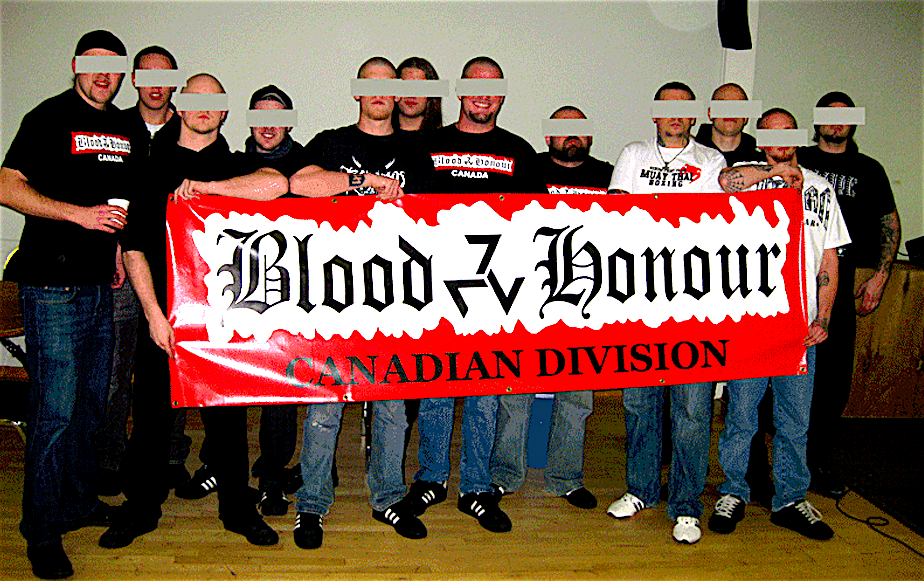At around 7:30 p.m. on Jan. 29, at the Centre Culturel Islamique de Québec on the outskirts of Quebec City, the mosque’s parking lot was filling up for evening prayers. The centre is housed in a modern glass and steel office building, located on the corner of a busy thoroughfare.
At 7:50, a commotion was heard outside one of the entrances to the prayer room. There, two distant cousins, Mamadou Tanou Barry and Ibrahima Barry, were the first to be shot by a gunman, who then walked inside the room and continued his killing spree. It was all over in a few minutes - with six men dead and 19 wounded.
The suspect arrested was 27-year-old Université Laval student Alexandre Bissonnette, who is alleged to have been influenced by far-right and perhaps alt-right ideas.
In the minds of some, this deadly attack raised a question: while CSIS and the RCMP have spent years and vast sums spying on (and often harassing) Muslims, environmentalists, Indigenous and social justice activists, have they been overlooking a far more dangerous threat from the extreme right? After all, prior to the attack, Bissonnette was not even on the police’s radar.
“Just a simple counting of the number of active and visible and vocal right wing extremist groups in Canada show they are clearly more in-your-face and more visible than anything we see from Islamic extremists,” says Barbara Perry, a social scientist at the University of Ontario Institute of Technology and an expert on Canada's extreme right.
“Again, just looking quantitatively at the number of incidents that we’ve been able to identify even in the last decade or decade and a half, the numbers (of far-right extremism acts) still outweigh the numbers of incidents associated with Islamic-inspired extremism.” (more...)

This article struck a chord with me because it corresponds with my own experience, which is likely a bit removed from yours. In addition to military service, I have worked within the defense contracting industry. My schooling was in applied sciences and engineering. In those environments, there were numerous individuals susceptible to right-wing ideologies. In the high-security environment I worked in, I had to hold a clearance that required being interviewed by a CSIS officer. The interview touched on the issue of political violence. He was a little surprised that I saw the extreme right as the greatest danger. My personal assessment has been corroborated by the experts, according to the above article. Sometimes our considered evaluations, based on lived experience, are on target. And, sometimes the media consensus is wrong -- like on abortion and same-sex marriage that are now supported by many in the Christian Right.
ReplyDelete